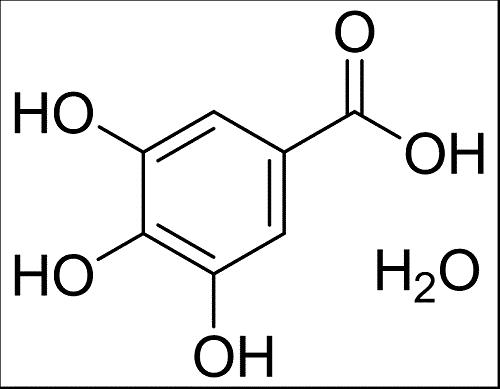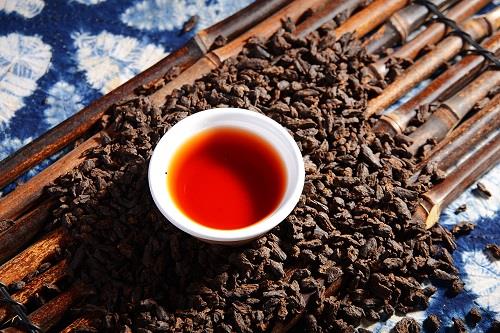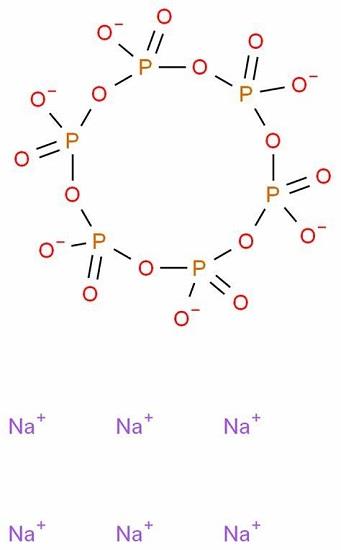The Mystery of gallic acid: Exploring its multiple values in nature and tea culture
Jul 2,2024
Introduction
Hidden in nature's vast treasure trove is an amazing substance called gallic acid. It is not only an important hydrolyzed tannin component in the plant kingdom, but also shows its unique value in many fields such as medicine, food, cosmetics, and so on. This article will lead readers to explore the mystery of gallic acid and appreciate its multiple charms in nature and tea culture.1
Basic understanding
Gallic acid, chemical name 3,4, 5-trihydroxybenzoic acid, also known as gallic acid. It exists widely in the plant kingdom and is an important component of hydrolyzed tannins in plants. It has significant antioxidant activity, can effectively remove free radicals in the body, and has antibacterial, anti-inflammatory, anti-tumor, anti-mutation, and other physiological activities. These unique properties make it widely used in medicine, food, cosmetics, and other fields.2

Natural distribution
Gallic acid is widely distributed in nature, especially in some plants. For example, the content of gallic acid in tea is relatively rich, which has become one of the important indicators of tea quality evaluation. In addition, it is also present in some fruits, vegetables, and Chinese medicinal materials, such as grapes, pomegranates, walnuts, green tea, black tea, and so on. The gallic acid in these plants not only provides antioxidant, antibacterial, and other protective effects for the plants themselves but also provides a rich source of nutrition for humans.3
Tea's cultural value
Tea culture has a long history, and gallic acid, as one of the important components in tea, adds a unique charm to tea culture. As one of the important representatives of Chinese tea culture, the unique post-fermentation technology of Pu 'er tea makes the content of gallic acid in tea significantly increase. The gallic acid in Pu 'er tea not only has antioxidant, antibacterial, and other health functions but also promotes the aging and quality improvement of tea. In the process of making Pu 'er tea, it interacts with other components in the tea, forming the unique aroma and taste of Pu'er tea.
In addition to Pu'er tea, other teas also contain a certain amount of gallic acid. Higher levels are found in green and white teas, while gallic acid in black tea is converted to other substances by the fermentation process. The gallic acid in these teas not only provides the tea with its unique taste and aroma but also brings a wealth of nutritional and health benefits to people.4

Application field
Pharmaceutical field
Gallic acid has antibacterial, anti-inflammatory, anti-tumor, and other physiological activities, so it has a wide range of application prospects in the pharmaceutical field. It can be used to treat many diseases such as mouth ulcers, skin inflammation, and cancer. In addition, it can also be used as an excipient of drugs to improve the stability and bioavailability of drugs.5
Food field
Gallic acid has an antioxidant effect, can extend the shelf life of food, and prevent food oxidation deterioration. Therefore, it is widely used in the field of food preservation and processing. For example, adding meat products, fruit and vegetable products, beverages, and other foods can effectively extend their shelf life and maintain their nutritional value.
Cosmetics
Gallic acid has antioxidant and whitening effects, can inhibit the formation of melanin, and reduce skin stains. Therefore, it is widely used in the field of cosmetics. For example, adding skin care products, facial masks, shampoos, and other products can effectively improve skin quality and keep hair healthy.
Research progress
In recent years, with the continuous development of science and technology, the research of gallic acid has become increasingly in-depth. Researchers found that gallic acid not only has antioxidant, antibacterial, and other physiological activities but also has a variety of biological activities such as regulating blood sugar and reducing blood lipids. These findings provide more possibilities for its application in medicine, food, cosmetics, and other fields. At the same time, researchers are still exploring its mechanism of action and its metabolic pathway in the human body, to provide a more scientific basis for the application of gallic acid.
Conclusion and Prospect
As a kind of substance with wide application prospects, gallic acid plays an important role in nature and tea culture. It not only provides antioxidant, antibacterial, and other protective effects for plants but also brings a wealth of nutritional and health benefits to humans. In the future, with the continuous progress of science and technology and the continuous expansion of application fields, the application prospects will be broader.
References:
[1] QINGQIN SHAO. Combined effect of gallic acid and zinc ferrite nanoparticles on wheat growth and yield under salinity stress.[J]. Scientific Reports, 2024, 14 1. DOI:10.1038/s41598-024-63175-9.
[2] LIU Y, MA T, LI J, et al. An “on-off-on” fluorescent sensor based on TSPP-gallic acid: Visual detection of S2? in actual samples[J]. Journal of Porphyrins and Phthalocyanines, 2024, 1 1. DOI:10.1142/s1088424624500068.
[3] MANJINDER KAUR. Gallic acid, an active constituent of grape seed extract, exhibits anti-proliferative, pro-apoptotic and anti-tumorigenic effects against prostate carcinoma xenograft growth in nude mice.[J]. Pharmaceutical Research, 2009, 26 9. DOI:10.1007/s11095-009-9926-y.
[4] MANJINDER KAUR. Gallic acid, an active constituent of grape seed extract, exhibits anti-proliferative, pro-apoptotic and anti-tumorigenic effects against prostate carcinoma xenograft growth in nude mice.[J]. Pharmaceutical Research, 2009, 26 9. DOI:10.1007/s11095-009-9926-y.
- Related articles
- Related Qustion
- Gallic acid: Application and Benefits Dec 16, 2024
Gallic acid is a plant polyphenol active ingredient with antioxidant, antibacterial, anti-inflammatory, anticancer, cardioprotective, gastroprotective and neuroprotective properties, which provide a wide range of benefits to human health.
- The biological properties of Gallic acid Feb 15, 2022
Gallic acid was found to possess antiinflammatory activity towards zymosan-induced acute food pad swelling in mice.
Supplementation with pyridoxal 5'-phosphate monohydrate can synthesize neurotransmitters such as dopamine and serotonin, maintaining a healthy nervous system.....
Nov 4,2025Biochemical EngineeringThis paper will explore sodium hexametaphosphate properties, preparation, application, and impact on human life.....
Jul 2,2024APIGallic acid
149-91-7You may like
- Gallic acid
-

- $32.00 / 50mg
- 2025-12-19
- CAS:149-91-7
- Min. Order:
- Purity: 99.38%
- Supply Ability: 10g
- Gallic acid
-

- $32.00 / 50mg
- 2025-12-19
- CAS:149-91-7
- Min. Order:
- Purity: 99.38%
- Supply Ability: 10g
- Gallic acid
-

- 2025-12-19
- CAS:149-91-7
- Min. Order:
- Purity: 0.99
- Supply Ability:






